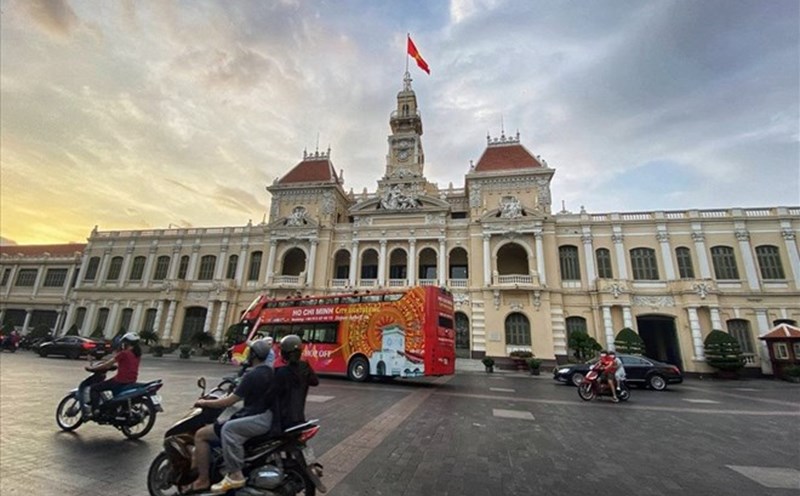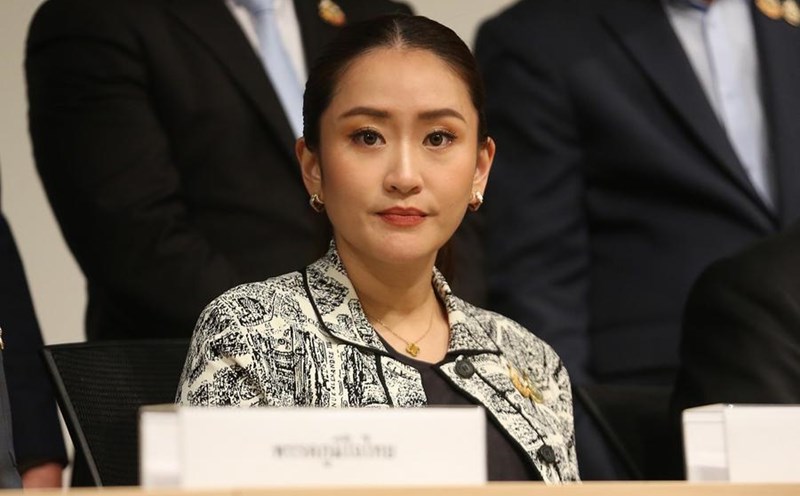restructuring the leadership team
The process of merging Quang Binh and Quang Tri provinces is in the process of implementation. The question is not only who will be allowed to hold the position, but also how to ensure publicity, transparency, capacity promotion and avoid organizational disruption after the merger.
Based on the resolutions and conclusions of the Party Central Committee and the Government, the Standing Committee of the Provincial Party Committee has agreed on the consolidation of the unified will not organize the district level. Instead, the current district staff will be allocated to the commune level, in order to streamline the Unit and effectively use the payroll.
A noteworthy point is that all 100% of the existing district-level positions will be transferred to the commune level. In particular, those holding leadership and management positions will become the core force in the new communes and wards. At the same time, there will be an increase in provincial-level cadres to work as commune party committee secretaries - especially in central areas with potential for development.
The arrangement of personnel will be based on qualifications, capacity, political qualities, ethics, especially the ability to adapt to the new administrative model. Notably, the Provincial Party Committee Standing Committee aims to minimize the situation of "local people as local leaders", to avoid local thinking and group interests, a persistent existence in many grassroots units.
Quang Binh Provincial Party Secretary Le Ngoc Quang affirmed that this is a strategic step to streamline the apparatus and improve governance efficiency, not simply a change in administrative boundaries. Localities need to assign cadres based on objective assessment, focusing on management capacity and the ability to integrate into the new community, not relying on acquaintances or regions.
Decentralization of personnel at the commune level
Quang Binh Provincial Party Committee Secretary of information, on organizational structure, non -business units, and professional agencies at commune level will be built in the direction of streamlining Unit, focusing effectively. The process of establishing a new commune Party Committee, dissolving the old Party Committee, establishing commune -level specialized agencies has been planned by the two provinces and started deploying immediately after the official decision from the central government.
However, the problem of facilities is also a big challenge. The arrangement of offices, public housing, and costs for supporting staff to move is something that cannot be taken lightly. The Steering Committee has taken into account plans for transferring and exchanging administrative headquarters, making the most of surplus headquarters and prioritizing use for public purposes.
In particular, some important leadership positions in localities will be assigned to cadres under the Provincial Party Committee members or the Provincial Party Committee Standing Committee. In special cases, some key communes with central roles and large population numbers will have a Party Secretary who is a member of the Provincial Party Committee Standing Committee. This is to ensure direct, synchronous and consistent leadership during the transition period.
In the coming period, in addition to assigning specific tasks for each member of the Steering Committee, the two provinces will also synchronously conduct the construction of documents of the new commune and provincial Party Congress, on the basis of integrating development orientation of both localities. The document needs to show the regional development vision, the difference of the consolidated Quang Tri and the feasible goals by 2030, with a vision to 2045.











